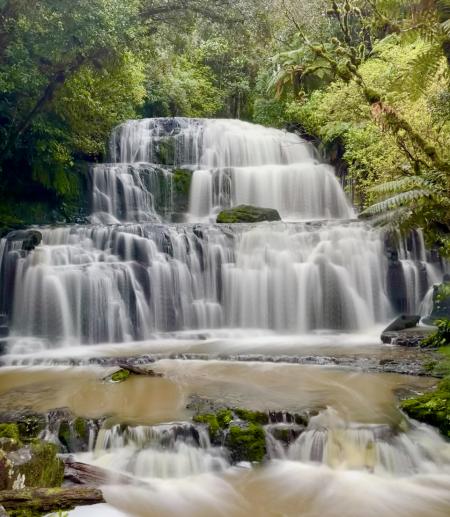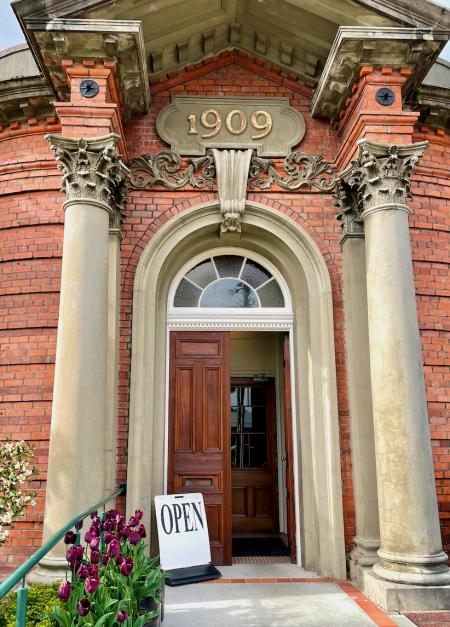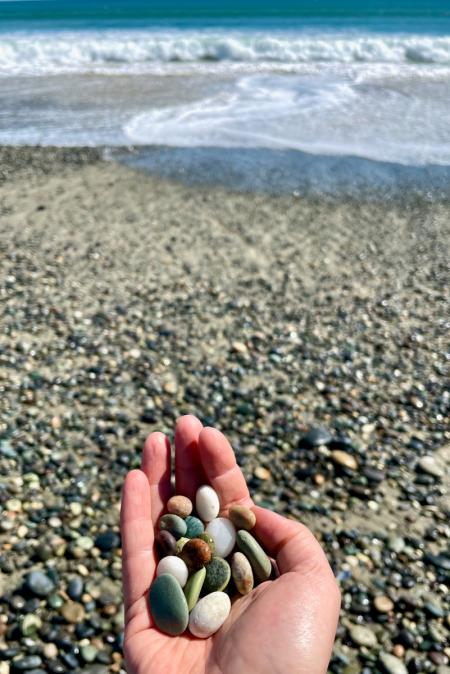It begins, like history does, with wilderness. Forest, alive with fluttering songbirds. Waterfalls carving their way through rock. Coastlines sandblasted and weather beaten. It is wild here in The Catlins.
Overnight it rained heavily, creating perfect conditions for admiring the region’s most famous waterfalls: Pūrakaunui, triple-tiered and glamorous, and the 22 metre-high Mclean Falls, tumbling down a vertiginous mossy gully. But as well as waterfalls there are beaches – wild, windswept, literally breathtaking beaches. I pause at Florence Hill lookout to take in the sweep of coastline at Tautuku Bay, buffeted by the breeze. Further south at Curio Bay I keep an eye on the waves to spot any resident Hector’s dolphins, but it’s only swirling clumps of kelp in the froth today. At Waipapā Point I shelter behind one of the last wooden lighthouses built in New Zealand. It’s too windy to stand upright otherwise.




